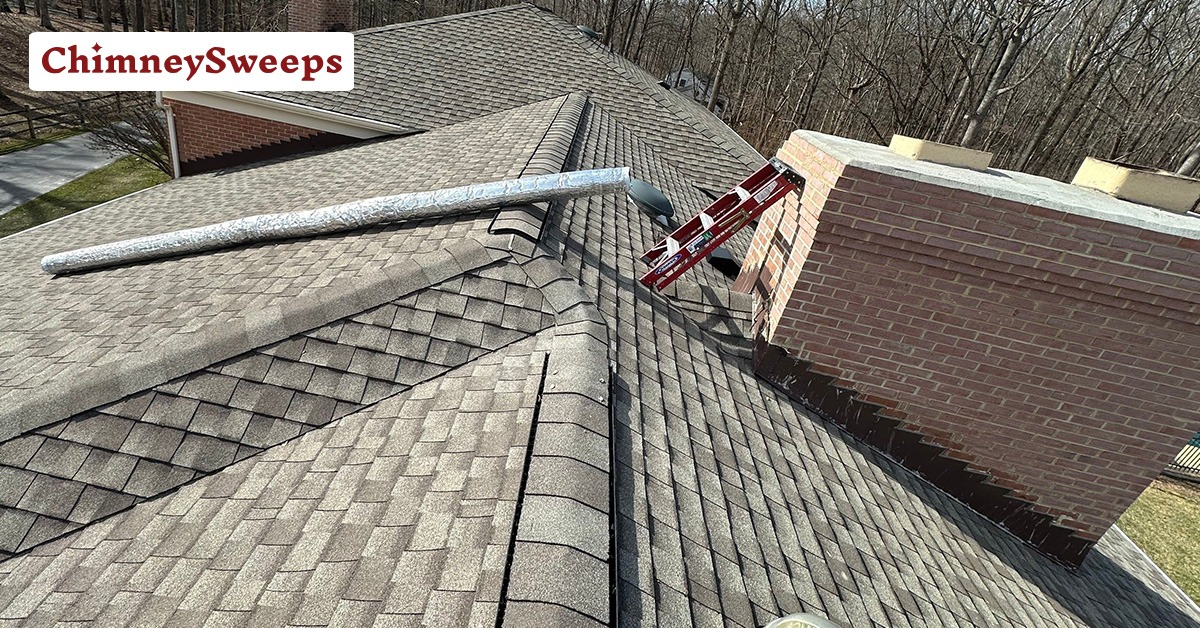Installing chimney liners is crucial for maintaining your heating system or for chimney security and efficiency. To boost the chimney’s efficiency and safety, a protective liner is installed inside of it throughout this process. A smooth and safe installation depends on the knowledge of experts like Chimney Sweeps, even though some people may try to finish this task on their own. Installing chimney liners is the first step towards guaranteeing the efficiency and safety of your heating system or fireplace. The method prioritises safety precautions while enhancing functioning through the addition of a protective lining to the chimney construction. While it could be attractive to Install A Chimney Liner on your own, the installation’s difficulty highlights the need for professional knowledge.
Why Professional Installation Matters?
Expert chimney sweeps have the expertise and skills to guarantee safe installation, control potential risks, and ensure that safety regulations are followed. With their experience, you can reduce dangers and maintain the longevity and effectiveness of your chimney system. Professionals are also qualified to identify and solve possible problems that might not be obvious to the untrained eye in addition to having technical expertise. Beyond installation, this active method provides a thorough evaluation of the chimney system as a whole. Chimney sweeps safeguard your property from fire dangers and structural damage by following safety standards and laws, which increases your home’s general well-being.
What are the Instructions on Chimney Liner Installation?
Let us have a look at them as under:
- Assessment: The process should begin with an in-depth examination of the chimney’s structural integrity to look for any signs of harm, creosote buildup, or any problems. By doing an in-depth check, you may make informed choices during the subsequent phases of installing a chimney liner, ensuring that the liner you choose has been tailored to meet your chimney’s requirements. A thorough inspection not only identifies problems as they arise but also acts as a preventative action, fixing issues to improve the overall efficiency and security of your heating system.
- Choose the Right Liner: Give thoughtful consideration to the liner type that accurately matches the fuel type and requirements of your heating device. Examine elements like compatibility, durability of the material, and insulation abilities to guarantee an effortless integration that maximises the efficiency and security of your chimney system. This careful selection procedure ensures that the chosen liner not only fulfils the immediate requirements but also contributes to the heating’s long-term performance and dependability.
- Measurements: A precise measurement of your chimney’s dimensions is essential for ensuring a custom fit for the liner. Accurate measurements guarantee that the chosen liner fits in the structure as easily as possible, minimising any gaps or inefficiencies. The foundation for a secure and efficient installation is laid by this careful attention to detail during the measurement phase, which promotes maximum utility and safety.
- Prepare the Chimney: Give the chimney a thorough cleaning and inspection before starting the installation process. Remove any obstacles, debris, or creosote accumulation that might make installation difficult or endanger safety. A comprehensive inspection ensures that the chimney is in excellent condition and finds any deeper issues that need to be addressed. In addition to laying the foundations for a seamless installation, this preventive phase addresses possible issues before they become worse.
- Safety Gear: Put protection first. During the chimney liner installation process, prepare yourself with the necessary protective gear, such as gloves and safety glasses, to protect yourself from potential threats. Safeguarding one’s own safety is vital and helps create a safe workplace. Putting safety equipment as a top priority highlights the need to take a responsible and risk-aware approach, guaranteeing that the installer and the chimney system get the attention that’s needed for a safe and successful installation.
- Installation Tools: Make sure you have all the necessary tools for a smooth installation. This ensures that you have access to all parts, including the liner itself, connectors, and insulation. Having the right supplies available makes installation go more easily, causing less disturbances and ensuring that every step is done precisely.
- Cap Installation: Protect your investment by installing a chimney cap to keep the liner clean and free from dirt and the elements. Because potential blockages can be avoided, this preventive technique prolongs the life of the liner and encourages optimal functioning. Homeowners can guarantee a more robust and long-lasting solution to guarantee the ongoing safety and efficiency of their heating system by giving the installation of a chimney cap top priority.
- Post-Installation Inspection: To ensure peace of mind, make sure the chimney cap and liner have been correctly incorporated by carrying out an extensive post-installation inspection. Check the system’s functioning and fix any issues that arise right away. This last assessment ensures that the installation meets the safety standards and offers dependable operation, prolonging the life of your chimney system.
Conclusion
Entrusting your chimney liner installation services to a professional Chimney sweeps company is paramount for ensuring both safety and efficiency in your heating system. Our meticulous approach, from precise measurements to post-installation inspections, guarantees a custom fit and reliable performance. Prioritizing safety with protective gear and cap installations, these professionals safeguard your investment, prolonging the life of your chimney system. In choosing professional chimney sweeps, you invest in the longevity and well-being of your home’s heating infrastructure.
